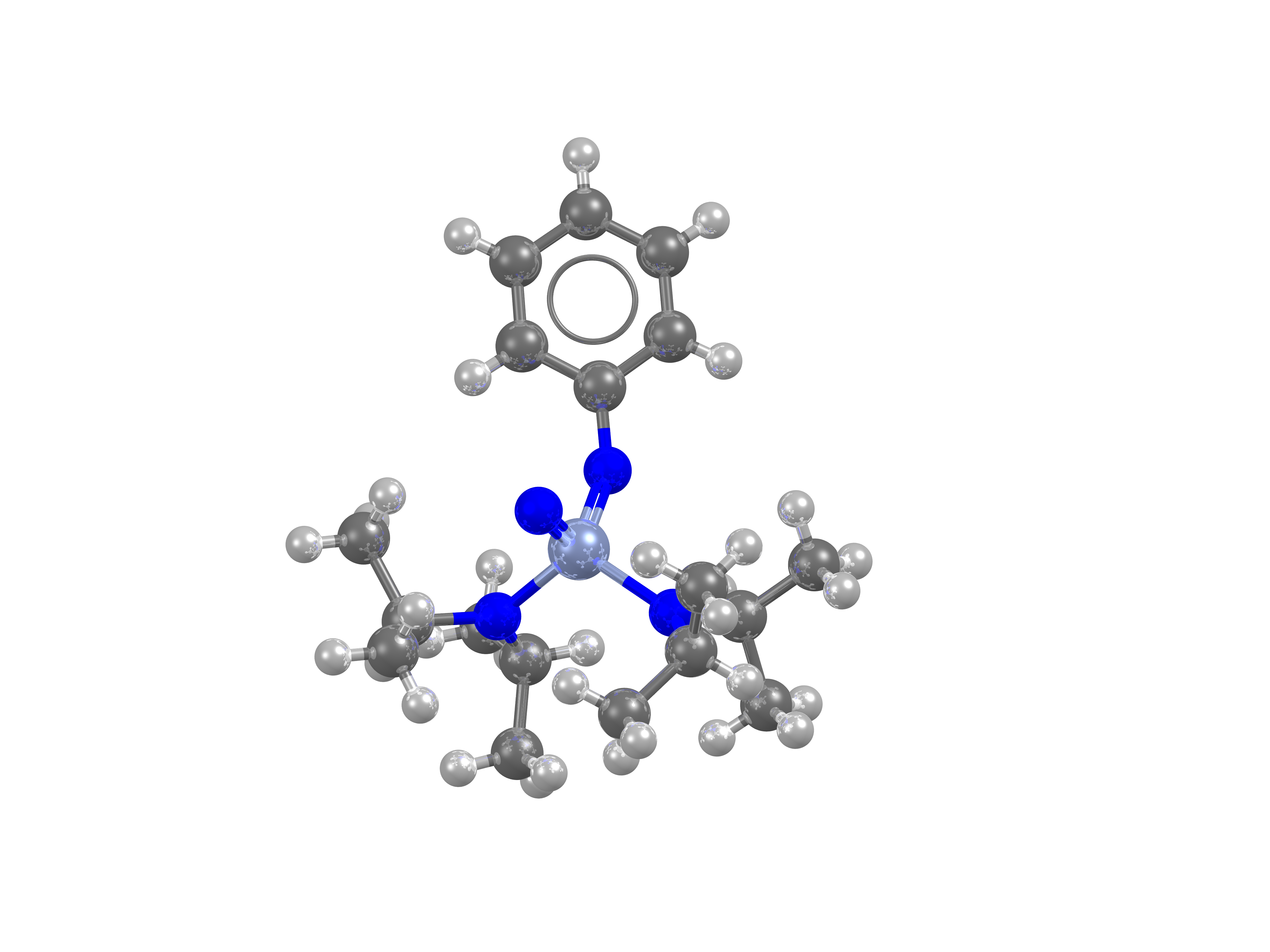New Communications with the New CSD
Cambridge Structural Database Data and Software Update
Spring is upon us (at least in the Northern Hemisphere) and with it comes, today, the release of the first 2016 update of the Cambridge Structural Database (CSD). There are new data and updated functionality in the new release, to brighten everything up.
With 17,968 new entries from 7,231 new publications, this update brings the total size of the CSD to over 818,000 entries. New data highlights include a new polymorph of aripiprazole (refcode: MELFIT19, DOI: 10.5517/cc1jqyz5), the most polymorphic drug published to date, with a record-breaking ninth solved crystal structure. The update also contains a fascinating chromium complex (refcode: XUZLUB, DOI: 10.5517/cc1jyy6m
In addition to the data update, we’ve continued our integration and development of CSD-based software. Mercury now acts as a hub for the huge range of such applications and services – but of course all can still be used in stand-alone mode. Your CSD-System now includes easy access to the new CSD-Community, the set of essential software and web services freely available to all scientists. Crystallographers can now deposit structures directly from the Mercury interface, teachers can access our carefully selected CSD Educational Collection of over 700 structures and of course anyone can access data from the CSD online and use our community tools such as enCIFer. With direct links to our data deposition service through the CSD-System it is now even easier for you to publish and share your structures directly through the CSD. In 2015 we enhanced our popular Private Communications system to deliver CSD Communications. Last year over 4,000 structures were published in this way and in 2016 a CSD Communication looks set to be the community’s most popular method to publish crystal structures. Such structures are given a citable DOI, links from third party repositories and indexes such as the Thomson Reuters Data Citation Index and of course get a thorough review by our expert scientific editorial team before entering the CSD. We believe that scientists should be able to share their data without financial barriers – a CSD Communication is therefore both free to create and free to view. The ninth polymorph with a solved crystal structure of aripiprazole (refcode: MELFIT19, DOI: 10.5517/cc1jqyz5) A novel chromium complex with a unique bonding pattern (refcode: XUZLUB, DOI: 10.5517/cc1jyy6m) On the software front, we’ve continued the integration of our applications into CSD-Enterprise. All our academic community and our Research Partners will see CSD-Community, CSD-System, CSD-Materials, and CSD-Discovery functionality sitting alongside each other and accessible in Mercury, complemented by a menu for your own Python scripts, allowing you to access and link CSD functionality in any way you imagine. Of course, we’ve started you off with some scripts developed at the CCDC and the CSD Python API Forum provides a place to both pick up new ones and share your own. The simplest way to update is to click on Help->Check for Updates in Mercury or Hermes. CSD-Enterprise is strong stuff; if you use Windows 7 or above right-click on Mercury and select the ‘run as administrator’ option for this update process. Restart Mercury and you’ll see the improvements we’ve made. We hope you enjoy your new structures and software. Roll on the Spring!
